Tibet Weather in May
Tibet Temperature in May:
Every year from May to October is the best season in Tibet. The daytime temperature in sunny days can reach to 25 °C, while the temperature on the mountain and nighttime may be as low as 10 °C. In Lhasa in May, the climate is warm and damp with many rainy nights and a maximum temperature of 25 °C, which is the best tourist season of the year. The sky of the plateau presents a unique tranquility during this season. May is also the Everest Mountaineering Festival, when there are many people climbing mountains in the sunny days. The maximum temperature during the day is sometimes as high as 20 degrees. The ice on Lake Namtso generally melts at the beginning of May, which will normally be no more than the 10th. Namtso looks especially beautiful after its ice just melts.
The average temperature in May in different areas:
Average temperature in Lhasa area: 6 °C — 20 °C.
Average temperature in Ali area: -9 ° C — 21 ° C.
Average temperature in Nyingchi area: 7°C — 19°C
Average temperature in Nagqu area: -3 °C — 11 °C.
Average temperature in Shigatse area: 1 °C — 23 °C
Average temperature in Shannan area: 0°C — 26°C.
Tibet Dressing Code in May:
The daytime temperature (sunny day) can reach to 20 °C, while the temperature on the mountain and nighttime may drop to as low as 10 °C, and the temperature difference between day and night is large. Please remember to bring some warm clothes.
It is not recommended to wear half sleeves when it is sunny, because the ultraviolet radiation is strong and it is easy to get sunburnt. Suggested outfits in May are: hats (visors or sun hats can not only block the sun but also keeps you warm from the strong wind), sunglasses (sunglasses are essential for going to Tibet anytime to avoid direct sunlight to the eyes.). Long-sleeved t-shirts (please don’t wear short sleeves), fleece jackets and a thin down jacket.
Outdoor jackets are a good choice for they can be waterproof, windproof and warm. In May, a waterproof jacket is favorable, since there is still a possibility to snow in Tibet. Long pants, loose jeans and waterproof sporty shoes are recommended as well.
Tibet Travel Guide in May – Routes recommendations for 5 fun areas in current Tibet
Lhasa: There are Potala Palace, Jokhang Temple, Norbulingka, Salad Temple, Drepung Monastery, Bajiao Street, Tibetan style interpretation hall, Tibetan bars, Tibetan restaurants, etc. You can pray in front of the Potala Palace Square and feel the power of faith in front of the Jokhang Temple. Touching the warm warps with your finger tip, listening to the customers in the sweet tea house, lying lazily in an arm chair in the sunshine, taking a stroll leisurely along the Lhasa River, etc.
In Lhasa, you can do far more than these. Overlooking Lhasa City from the Salad Temple will give you a different angle. An overlook from the Lalu wetland of the Potala Palace allows you to appreciate its magnificence even more. You can join in dancing with the Tibetans under the palace, and the roadside stalls of yogurt and potato chips make you feel like staying at a 3,700-meter "McDonald's". You can pick some gifts for family and friends from the holy city on Barkhor street. Or, you don’t have to do anything but just stand on the turn of the Barkhor Street and let the pilgrims and tourists pass by, which presents a most authentic Lhasa.
Lhasa is a mysterious existence, which is described as a place "is being rendered and will continue to be rendered; has been interpreted but has not been completely interpreted yet." Whether it is the Potala Palace, the Jokhang Temple, or the Barkhor Street, Norbulingka, there is always a place that can directly grab you deep down your heart and become the home of your soul.
The Nyingchi area in eastern Tibet is an area rich in both cultural and natural landscapes. The ancient Tibetan Buddhist tradition and the prosperity of local Bon religion have made the Nyingchi region a place full of temples of various classes. In addition, the sceneries of Yarlung Zangbo Grand Canyon, Nanga Bawa Peak, Ba Songcuo, Mihe Glacier, Sejila Mountain, etc. are breathtakingly beautiful.
There are the Yarlung Zangbo River, the Samye Temple, the Changzhu Temple, the Debra Kang, the Tomb of the Tibetan King, the Lake Chigusto and the Tsonag grassland in the south Tibet.
The Lake YamdrokTso, Karuola Glacier, Zongshan Castle, Baiju Temple, Pala Manor, Tashilhunpo Monastery, Mount Everest, Geelong Valley, Mysterious Ali, Pulan, Ruins of Gurge Kingdom , Lake Manasarovar, Gang Rinpoche, Lake ZhaNanmutso are in the west Tibet.
There are Yangbajain, Namtso, Mount Nianqing TangguLa, Qiangtang Grassland, Twin Lakes, Tsonag Lake, Mount Tang Gula, etc. in the north Tibetan.
These are all accessible attractions for your reference. It is recommended to make your plans for the attractions according to your time and budget. You also need to take your physical condition into consideration since many of these areas are of a high altitude.
From the beginning of May, the peak season of Tibet tourism is about to come, and the number of tourists entering Tibet from home and abroad is rising. Here are some precautions for traveling to the Tibetan Plateau:
When you first travel to the Tibetan Plateau, most people will feel different levels of hypoxia such as chest tightness, difficulty breathing or other symptoms. But this does not mean that you cannot adapt to the high altitude environment. If you can adjust yourself properly, the above symptoms can generally be improved or disappear in 2~3 days.
If you are flying to Tbet, the symptoms of a general mountain sickness will occur in 12 to 14 hours. Therefore, when you first arrive in Tibet and don’t feel very well, please rest in bed instead of taking any intensive exercise. Otherwise, it takes more time to adapt to it. People often use oxygen supplement to relieve chest discomfort. Oxygen inhalation temporarily relieves chest tightness, shortness of breath, difficulty breathing, etc., but the symptoms reappear after stopping oxygenation, which actually delays the time to adapt to the high altitude environment. If the symptoms of hypoxia are not very serious, oxygen inhalation is not recommended, which will help you to adapt to the altitude environment faster. A mild altitude sickness will get better without treatment and the oxygen inhalation may become an addiction.
After entering Tibet, you should eat more carbohydrates, digestible foods and drink plenty of water to keep your body hydrated. Please do not eat too much at night nor alcohol drinking and smoking. Foods which are rich in vitamins such as fruits and vegetables are recommended. Please try not to do too much and try to eat and rest regularly. During the first few days when you just arrived in Tibet, Please don't take frequent shower to prevent yourself from catching colds. Colds are often the main cause of acute high altitude pulmonary edema (which is not easy to heal under hypoxic conditions). During your stay in Tibet, please don’t take too many activities and carry too much stuff. Please slow down with everything and walk slowly. , You can gradually increase the amount of activity after a week.





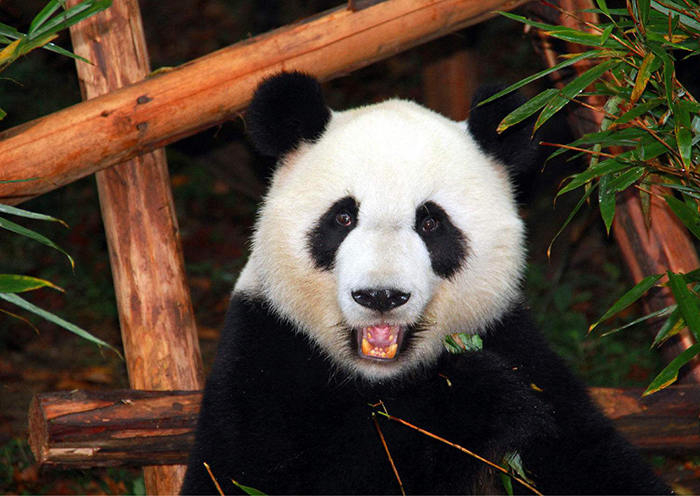
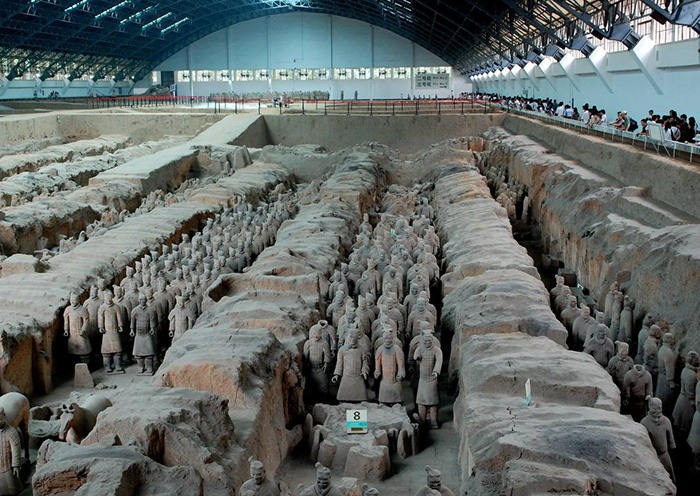
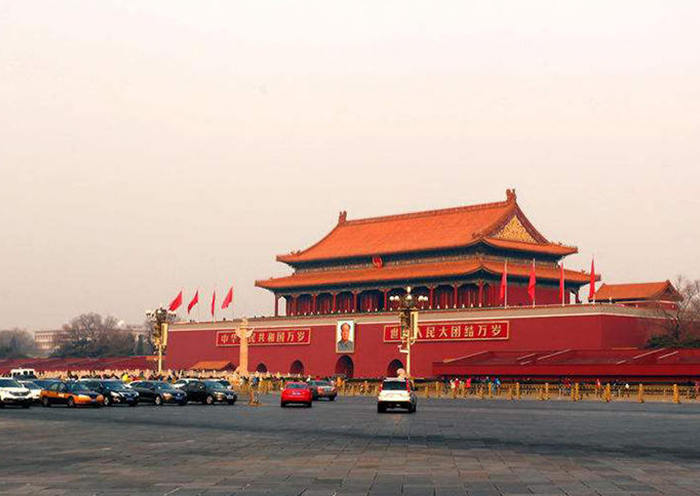
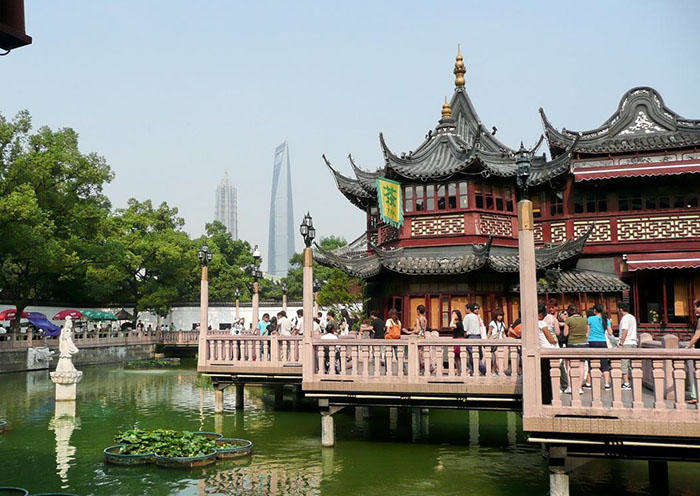
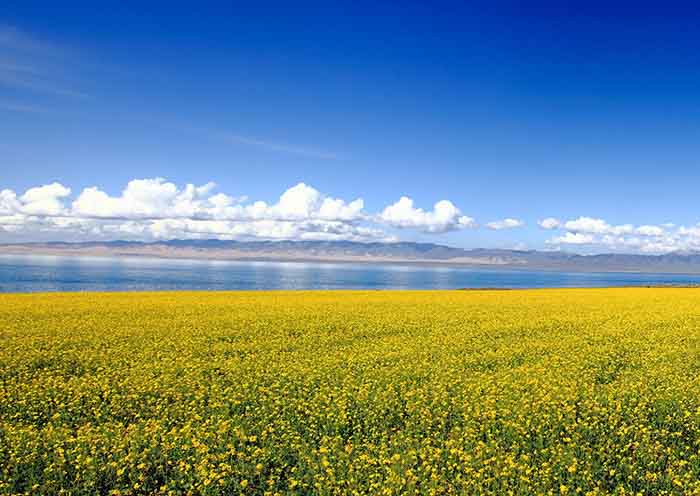
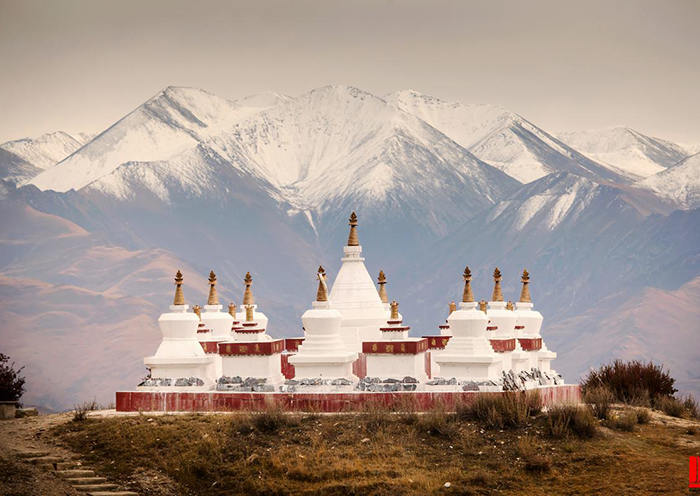
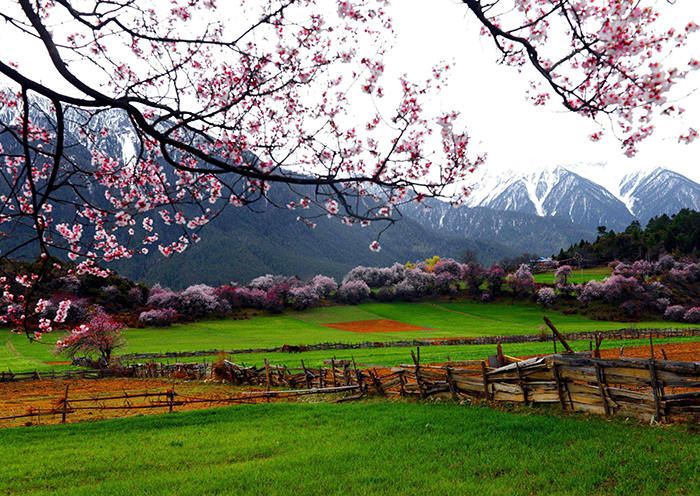
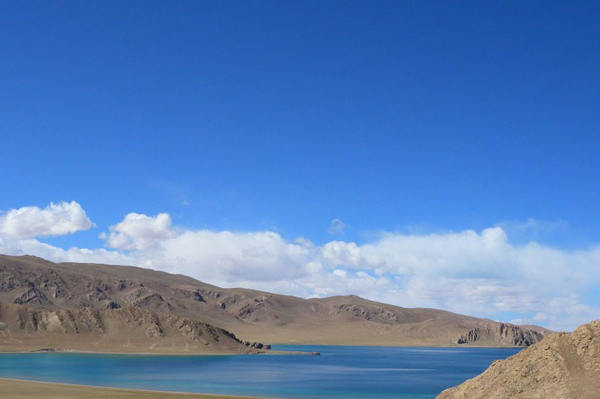
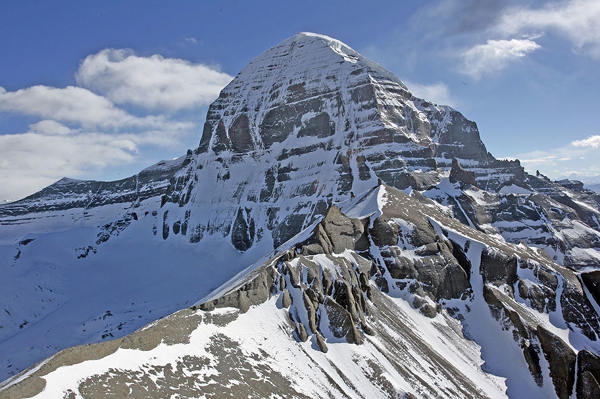

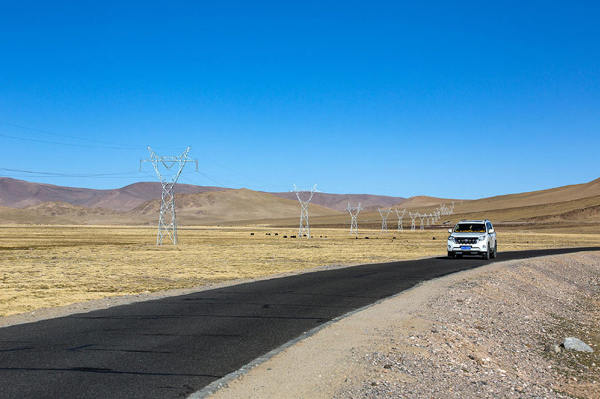



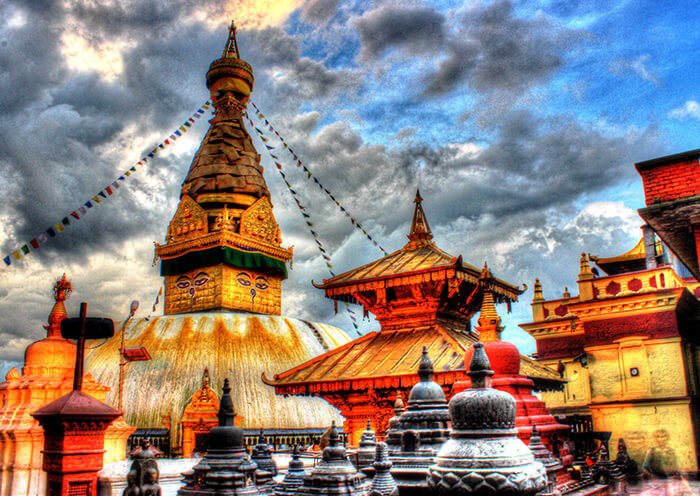
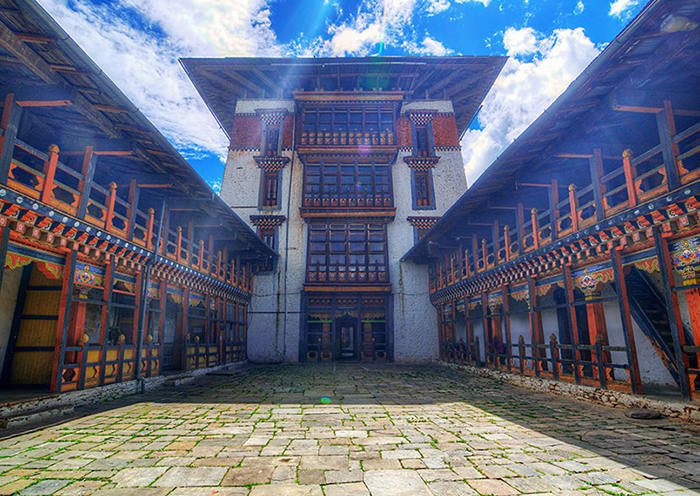
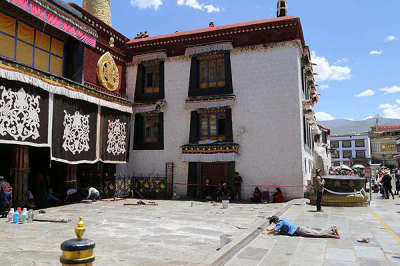

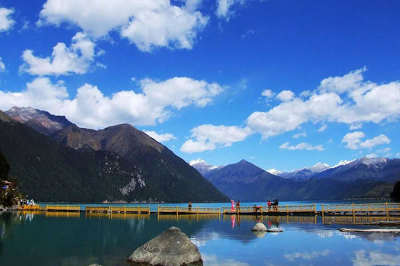


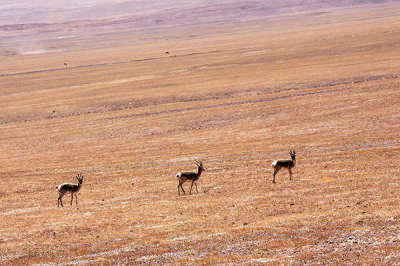
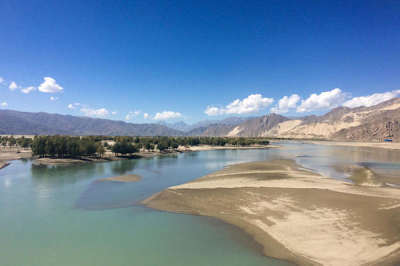


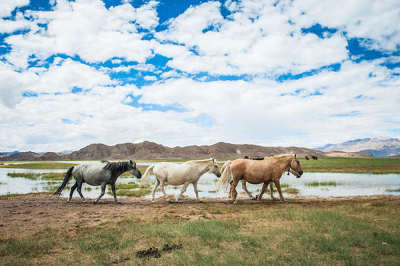





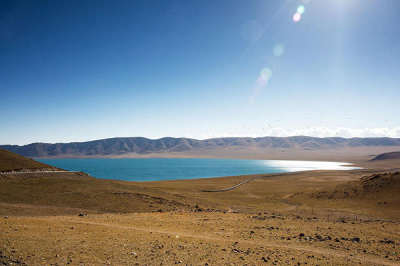

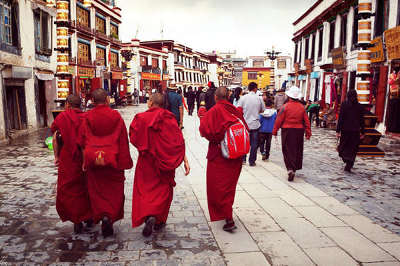
 Data in submission...
Data in submission...